Eight limbs of yoga- Yama, Niyama, Asana, Pranayama, Pratyahara, Dharna, Dhyana, and Samadhi.
In the Patanjali Yoga sutra, Maharishi Patanjali described eight types of yoga sadhana.…
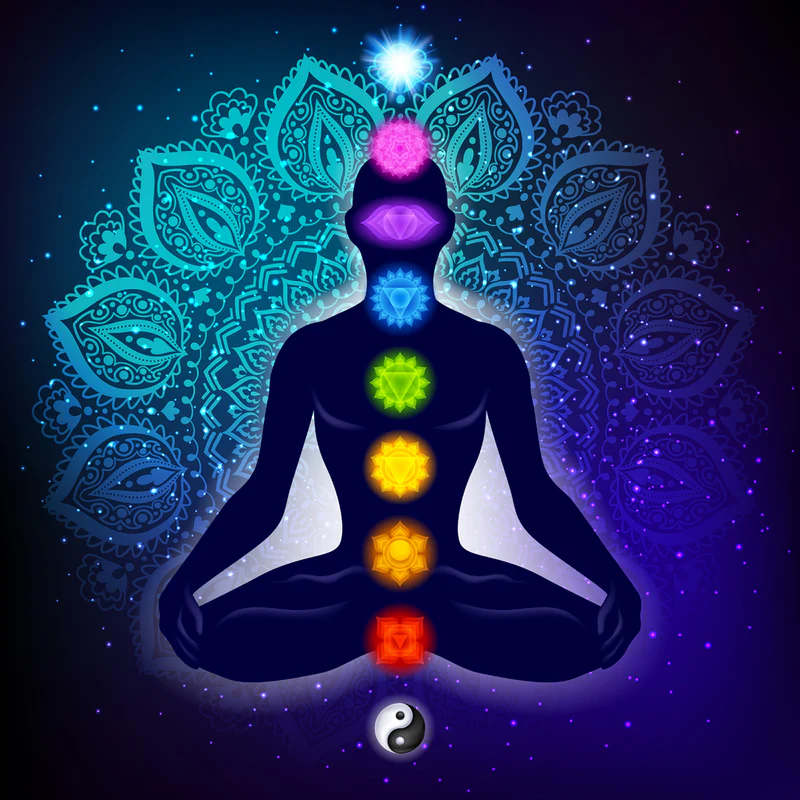
Seven Chakra in Human Body
There are seven main chakras in the human body. Which are located along the spine or the pathway of Sushumna. Chakras have a connection to a network of Nadis. Chakras are considered as the energy centres or physic nodes in the human body, also known as the ‘whirlpool of the energy.’
Each chakra is associated with a certain part of the body and organ and provides it energy to function. The continuous flow of energy through our chakras determines the health and balance of the body.
The seven main chakras in the body are-
1. Muladhara Chakra– The word Mula means “root” and the word Adhara means “place”. This chakra is also known as the root chakra. Muladhara chakra is situated at the perineum and the base of the spine in the coccygeal region. Dormant kundalini is residing here.
2. Swadhisthana Chakra- The word Swadhisthana means ‘ones own seat or base’. This chakra is situated at the root of sexual organs, and about two fingers width above the Muladhara chakra.
3. Manipura Chakra- It is situated behind the navel region in the spinal column. The word Manipura means city of jewels.
4. Anahata Chakra- It is located in the spine at the eighth cervical vertebra, behind the sternum. The word Anahata means ‘Unstruck’.
5. Vishuddhi chakra- It is located at the base of the throat in the neck region.
6. Ajna chakra- It is located between the eyebrow centre in the mind-brain region. It is also known as the ‘third eye’. The three Nadis ( Ida, Pingla, and Sushumna) meet at the point.
7. Sahasrara chakra- It is located on the top of the head. The word of Sahasrara means ‘one thousand’.
It is the state of pure consciousness or cosmic consciousness. It is the connective center of the spirit. This Chakra represents the highest level of consciousness.
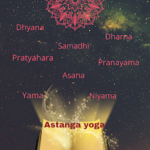
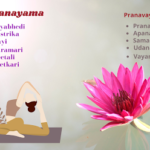
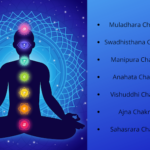
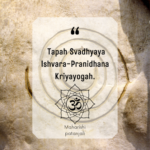

In the Patanjali Yoga sutra, Maharishi Patanjali described eight types of yoga sadhana.…
The word Pranayama is composed of the two words- Prana +Ayama. In pranayama,…
Home About Yoga Classes Workshop & Events Instructors Gallery Blogs X Contact Now…
Home About Yoga Classes Workshop & Events Instructors Gallery Blogs X Contact Now…
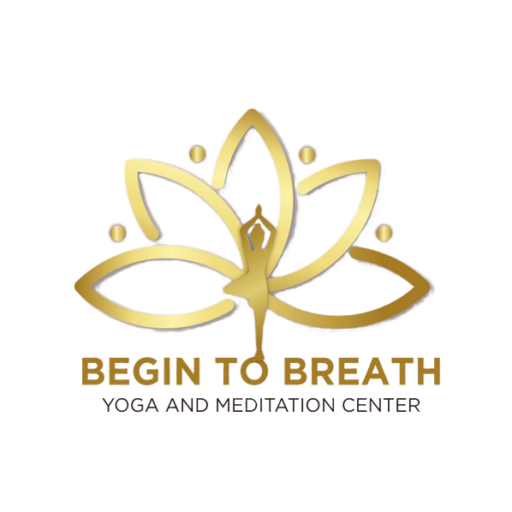
Begin To Breath is a place of inner science, whose purpose is to raise the human consciousness. It offers a holistic approach to accessing your own “inner retreat centre” through the combined sciences of yoga and ayurveda.
Signup our newsletter to get update information, news, or insight.
*Lacinia venenatis tortor letius sollicitudin dignissim adipiscing finibus